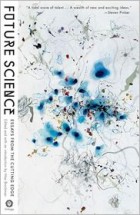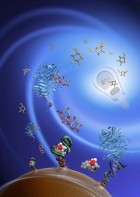An injection of reality
Brazil’s pioneering state-run health system needs reform if it is to achieve its constitutional mandate of guaranteeing high-quality care for all
Jul 30th 2011 | SÃO PAULO |

“THE best public hospital in São Paulo,” boast signs in the state’s Instituto do Câncer (ICESP). Last year the state government asked more than 200,000 public-hospital patients to rate their treatment, and the 500-bed institute, which opened in 2008, came top. Equipped with the latest technology, it offers all the most up-to-date treatments—as well as lessons in healthy cooking and stress-relieving origami. Patients who are recovering get intensive physiotherapy. For those who never will, there is a hospice in the countryside./.../








